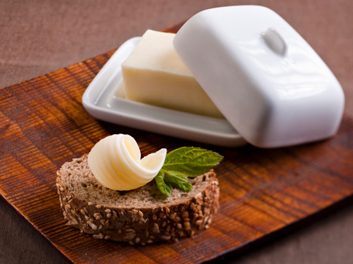
Butter
In the soup. In the sauce. On the meat. On the vegetables. Using butter is the easiest, quickest way to make things taste rich and wonderful (the recipe for Buffalo-style hot wing sauce? Equal parts butter and pepper sauce). Most restaurants go through huge amounts; never mind that it’s pure saturated fat.

Cream
Used just like butter. Cream is the star of many restaurant soups and sauces. And of course, cream is a key ingredient in many luscious desserts.
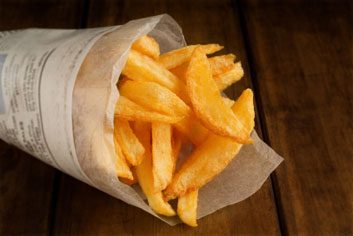
Oil
Another way to make foods taste richer is to use lots of oil. Sometimes it’s olive oil, and sometimes it’s more exotic nut oils for unique flavor. At lower-cost restaurants, it’s old-fashioned vegetable oil. (As evidence, take note of what collects on the bottom of the container the next time you get takeout food.) This is also why fried foods taste good: They’re sponges for the oil they’re cooked in. While most food oils aren’t bad for you in small amounts, they are a type of fat, and so are particularly high in calories.
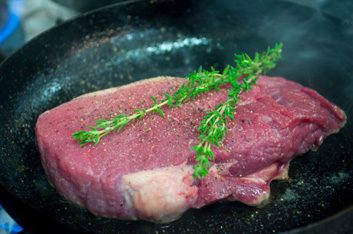
Animal fat
The next time you see steaks or hamburgers described as juicy, remember: Meat “juices” are mostly just melted fat. And truth is, for many of us, animal fats are delicious. Crispy chicken or duck skin, bacon, a well-marbled steak or pork chop, all taste wonderful thanks in large part to fat – saturated fat, the worst kind for your health.
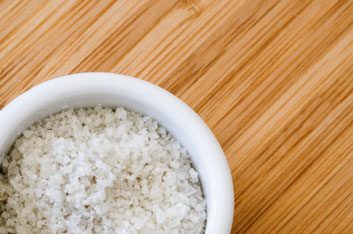
Salt
Cook at home, and you shake a little salt in as you go. At a restaurant, it’s poured in to extract maximum flavor. And it’s used on everything, even salads and sweets.
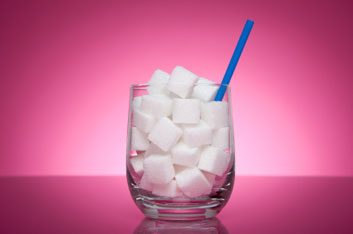
Sweeteners
Ever have a side dish of vegetables that tasted sweeter than the dessert that followed the meal? That’s because they added sugar to boost its flavor appeal.
Related:
• 8 tips for eating healthily at restaurants
• Canada’s healthiest restaurants
• 9 menu words to avoid when dining out
